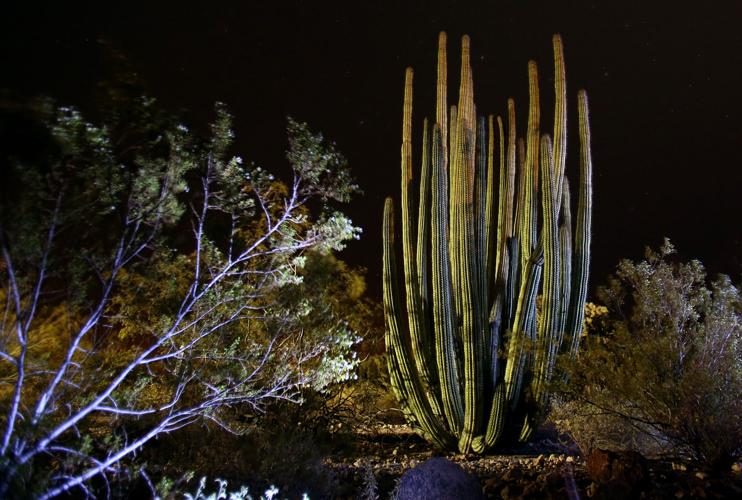Organ Pipe Cactus National Monument — an expanse of dramatic desert landscapes in Southwestern Arizona — is best known for its large, shapely namesake cactus.
But visitors quickly learn that there’s much more to see — from an abundance of other cactus species and wildflowers to rugged ridges and canyons where wild critters roam.
The 517-square-mile monument, established in 1937, has over 100 miles of scenic drives, dozens of miles of hiking trails, exhibits and ranger programs.
Visitors who want to spend the night can choose between two campgrounds — one with modern comforts such as restrooms and running water and the other offering a more rustic, primitive experience.
PLANTS AND ANIMALS
The organ pipe cactus, rarely found in the United States outside the monument, has limbs somewhat reminiscent of a pipe organ and blooms in May, June and July with lavender-white flowers.
It’s one of 28 cactus species, including saguaros, growing at the monument along with desert trees and numerous wildflowers such as gold poppies in season.
Animal life includes desert dwellers from coyotes and javelinas to hawks, cactus wrens and Gila monsters.
GET TO THE MONUMENT
From Tucson, take Arizona 86 west to the community of Why and then follow Arizona 85 south to the monument. The entrance is four miles south of Why, and the monument visitor center is 22 miles south of Why.
The monument entrance fee is $12 per vehicle.
Camping costs $16 per night at the campground with limited facilities and $10 per night at the more primitive campground.
This year marks the centennial of the National Park Service, which was established Aug. 25, 1916. In celebration of the milestone, the Arizona Daily Star is publishing this and other stories about National Park Service sites in Arizona.








